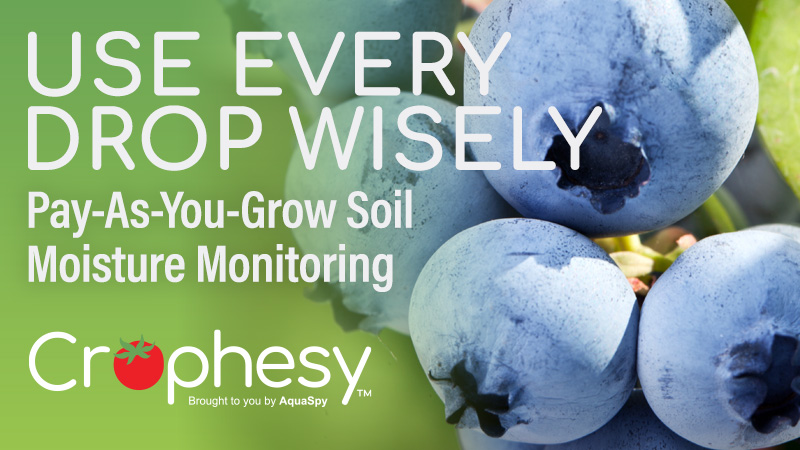Wise To Water Farming
When resources are tight, it takes ingenuity to find successful solutions to problems. The declining levels of the Floridan aquifer and the recession have growers in the Indian River area considering an innovative idea — water farming.
The water farming concept is fairly simple. Landowners with idle land hold water in shallow reservoirs rather than water being discharged into the Indian River Lagoon. The stored water could then used by counties, municipalities, environmental needs, and agriculture.
According to Doug Bournique, executive vice president of the Indian River Citrus League, the concept of water farming comes at a time when Florida is at a crossroads. Bournique serves on the St. Johns River Water Management District (SJRWMD) board, which has voted that new demands for water must come from a “diversification” of sources.
“What that vote means is no more deep wells into the Floridan aquifer,” he says. “We are approaching the sustainable levels of withdrawal beyond which we would expect to see adverse impacts on the aquifer and the multiple springs in the region.”
With no more expansion into the aquifer, cities in Volusia County are scrambling to find new sources of water. Reverse osmosis and desalination plants are extremely expensive and not viable options in a slumping economy.
Win-Win-Win
“We are moving down the road and meeting with engineers and landowners to determine the sites for the pilots,” says Bournique. “I believe this will happen pretty quickly and there is a lot of interest among our growers.”
While compensation to water farmers is yet to be determined, contracts on multiple-year terms at several hundred dollars per acre per year might be in the offing.
Go With The Flow









